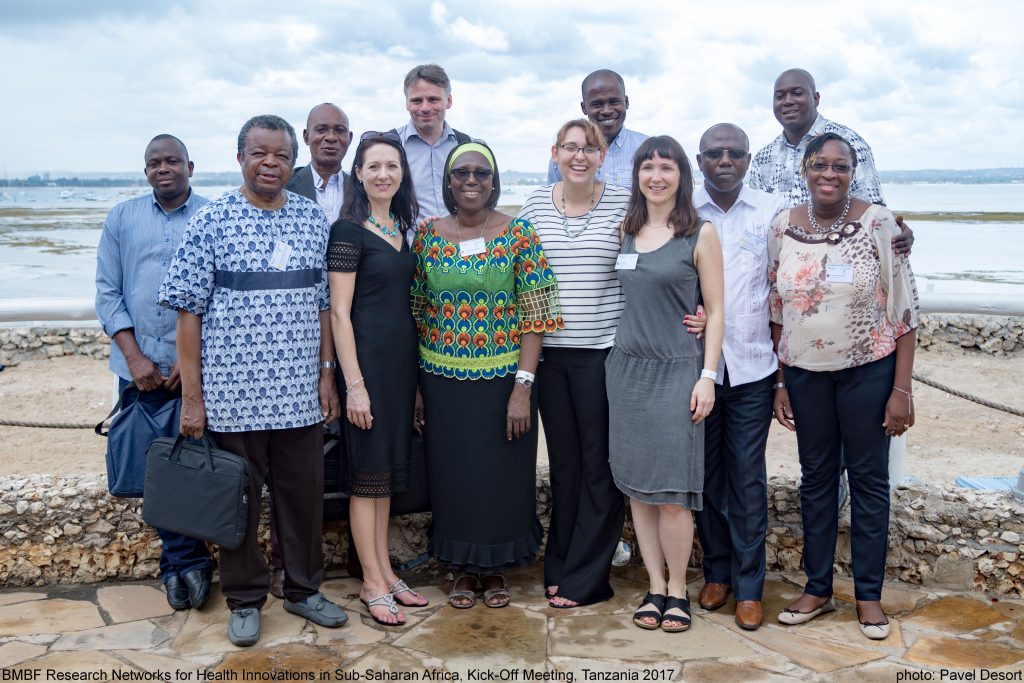African Network for improved
The primary objective of the ANDEMIA project is: To deliver critical research activities, build capacities and strengthen collaborations and networks for enhanced detection, control, treatment and prevention of acute respiratory tract (RTI) and gastrointestinal (GI) infections, acute febrile disease of unknown cause (AFDUC) and the emergence of antimicrobial resistance in sub-Saharan Africa.
Our main research hypotheses are:
- Locally adopted interventions based on integrated surveillance data (integrating clinical and laboratory data with One Health surveillance) are more effective in improving patient outcomes and disease prevention than vertical disease programs.
- Adequate capacity and competency in managing common infectious diseases will translate into improved capacity to manage all infectious disease threats
The work package Capacity building aims at:
- Upgrading medical and laboratory infrastructure at the sentinel hospitals and clinics
- Developing medical, technical and scientific careers through on-site short-term training courses in relevant disciplines (e.g. diagnostics, data management)
- Individual capacity development by training students at MSc and PhD level
The work package Health Networking aims at:
- Linking the project to health-stakeholders (e.g. World Health Organization (WHO), Ministries of Health (MoH) and Research) through installing National Advisory Boards
- Linking the project to international training networks
- Re-enforcing links between partner institutions, especially between South Africa and the Francophone partner countries
The work package Research is divided into Research Tasks 1-6, which are interrelated as shown in the figure below.
Task 1: Characterizing the sentinel sites
- We investigate the link of disease to quality of hospital settings, ecological, environmental and behavioral risk factors by comparing urban (hospital) and rural (small clinics, close contact to wildlife and/or livestock) sites situated in different climatic and biodiversity conditions.

Tasks 2–4: Active disease surveillance
- We measure the incidence of RTI, GI and AFDUC in the target countries Burkina Faso, Côte d’Ivoire, Democratic Republic of the Congo and South Africa
- At the same time, we identify infectious agents causing the three syndromes in up to 1200 patients/per year/per syndrome/per target country
- After 2 years of surveillance targeting a broad panel of potential causative agents of RTI, GI and AFDUC, the “broad” surveillance will switch to “focused” surveillance of regionally important pathogens, based on our findings

Task 5: Specific investigations
- We aim to identify current pattern of human and animal antibiotic use and resistance, treatment status and currently applied infection control measures regarding the investigated syndromes
- We attempt to also pinpoint the sources of pathogens that we find to cause RTI, GI and AFDUC in humans in the target regions

Task 6: Implement best practice interventions
- Appropriate interventions will be guided, such as adapting guidelines for diagnosis and treatment, encouraging appropriate antibiotic use, implementing rapid diagnostic tests where appropriate, and introducing infection control measures and outbreak management
- We hope that our findings will find consideration in national health systems


